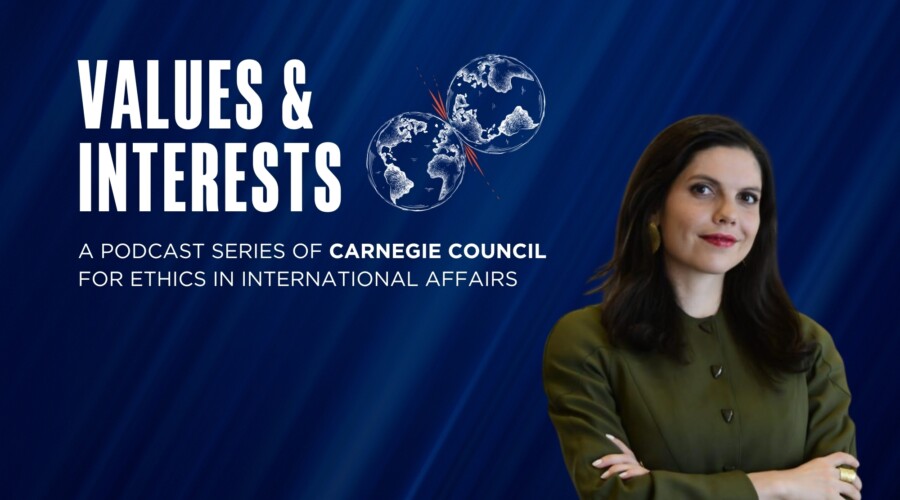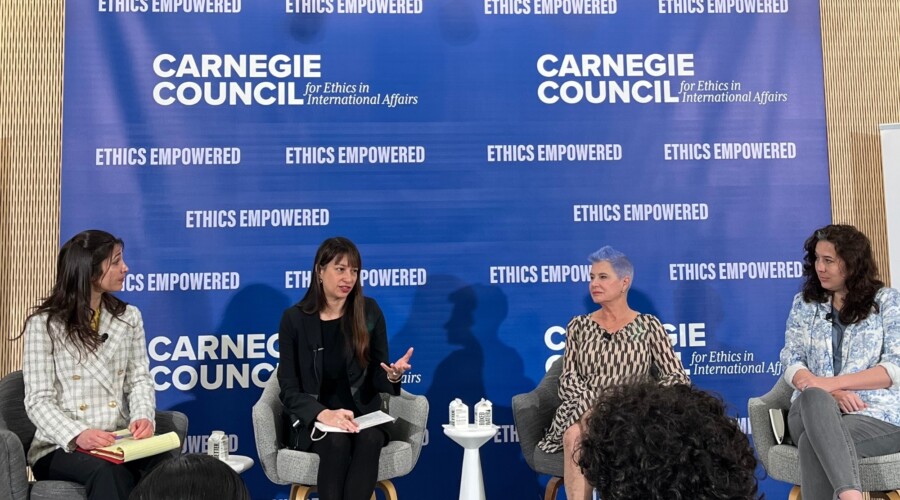Governments and corporations are under serious and growing threat from cyber attacks. Which do you favor: a strategy that seeks out hackers and punishes them at the risk of waging an undeclared cyberwar, or a more defensive strategy, as adopted by today’s Pentagon?
In the future how will hacking affect espionage or even war?
A new security threat is the possibility of shutting down a state by attacking its infrastructure. For instance, cyber security company McAfee has discovered years of cyber attacks by an unidentified government on a wide range of governments, international bodies, and U.S. corporations.
Complex computer systems underpin modern life. Homes depend on the electrical grid. Computers control the transportation infrastructures for us and our goods. Money moves about on electronic wings and is stored in data bases, not vaults.
America has established a new military unit, the U.S. Cyber Command, and published a new cyberwar strategy.
According to counter-terrorism expert Richard Clarke, this Pentagon strategy just tries "to plug the holes in our networks but does not punish attackers for their rampant espionage... ."
"Apparently that was the intent," he continued. "The State Department wanted to avoid the charges that the United States was 'militarizing' cyberspace, or that the Americans were the first to conduct cyberwar... ."
The successful but terrifying strategy during the Cold War was based on the assumption that defense should be minimized and offense maximized in order to create the greatest threat to potential enemies. It was called MAD—"mutual and assured destruction"—and it worked.
Which do you favor: a strategy that seeks out hackers and punishes them at the risk of waging an undeclared cyberwar, or a more defensive strategy, as adopted by today's Pentagon?
For more information see:
Richard Clarke, "The growing threat from cyberspace," International Herald Tribune, August 4, 2011, p. 6 (Asian Edition).
Photo Credits in order of Appearance:Alvin Trusty
BrokenSphere
Haribote
Mosman Library
Tovkal
Aude
U.S. Department of State
National Nuclear Security Administration
The U.S. Army
David B. Gleason


